Environmental Regulations
The implementation of stringent environmental regulations is a significant driver for the Reverse Osmosis Pump Market. Governments worldwide are increasingly enforcing laws aimed at reducing water pollution and promoting sustainable water management practices. These regulations often mandate the use of advanced water and water treatment technologies, including reverse osmosis systems, to ensure compliance with water quality standards. As industries and municipalities strive to meet these regulatory requirements, the demand for reverse osmosis pumps is likely to surge. Market analysis suggests that compliance with environmental standards will not only drive sales but also encourage innovation within the industry, leading to more efficient and sustainable solutions.
Increasing Water Scarcity
The escalating issue of water scarcity is a primary driver for the Reverse Osmosis Pump Market. As populations grow and industrial demands increase, the availability of clean water diminishes. This situation compels municipalities and industries to invest in advanced water purification technologies, including reverse osmosis systems. According to recent data, the demand for water treatment solutions is projected to rise significantly, with the reverse osmosis segment expected to capture a substantial share of this market. The need for efficient water management solutions is likely to propel the adoption of reverse osmosis pumps, as they provide effective filtration and purification capabilities, addressing both residential and industrial needs.
Technological Innovations
Technological advancements play a crucial role in shaping the Reverse Osmosis Pump Market. Innovations in pump design, materials, and energy efficiency are enhancing the performance and reliability of reverse osmosis systems. For example, the introduction of energy recovery devices has significantly reduced operational costs, making reverse osmosis more accessible for various applications. Furthermore, advancements in membrane technology are improving the filtration process, allowing for higher recovery rates and lower waste generation. As these technologies continue to evolve, they are expected to attract more investments in the reverse osmosis sector, thereby stimulating market growth and expanding the range of applications.
Rising Industrial Applications
The Reverse Osmosis Pump Market is experiencing growth due to the rising applications in various industrial sectors. Industries such as pharmaceuticals, food and beverage, and electronics are increasingly relying on reverse osmosis systems for water purification. For instance, the pharmaceutical sector requires high-purity water for drug manufacturing, which can be efficiently achieved through reverse osmosis. Market data indicates that the industrial segment is expected to witness a compound annual growth rate (CAGR) of over 7% in the coming years. This trend suggests that as industries expand and regulatory standards tighten, the demand for reverse osmosis pumps will likely increase, further driving market growth.
Growing Awareness of Water Quality
The rising awareness regarding water quality and its impact on health is a pivotal driver for the Reverse Osmosis Pump Market. Consumers are becoming increasingly conscious of the contaminants present in their water supply, leading to a surge in demand for effective purification solutions. This trend is particularly evident in residential markets, where households are investing in reverse osmosis systems to ensure safe drinking water. Market data indicates that the residential segment is projected to grow at a CAGR of approximately 6% over the next few years. As public awareness continues to grow, the reverse osmosis pump market is likely to expand, driven by the need for high-quality water solutions.


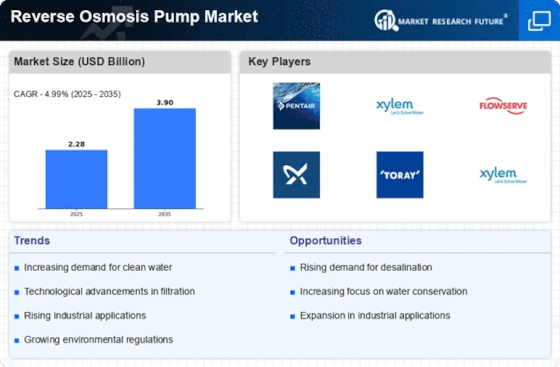
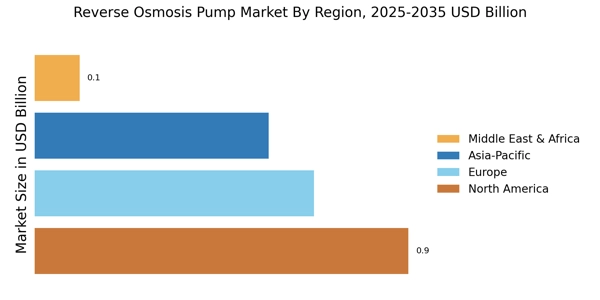
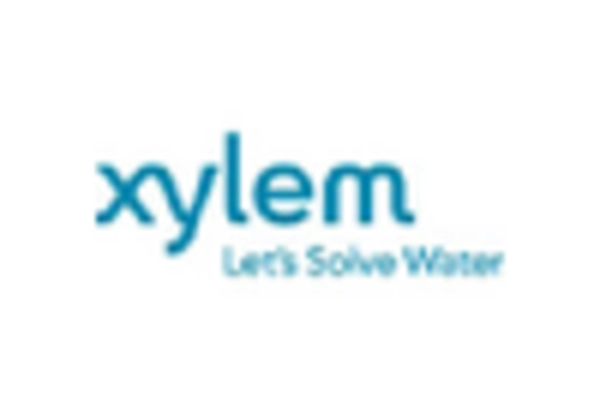
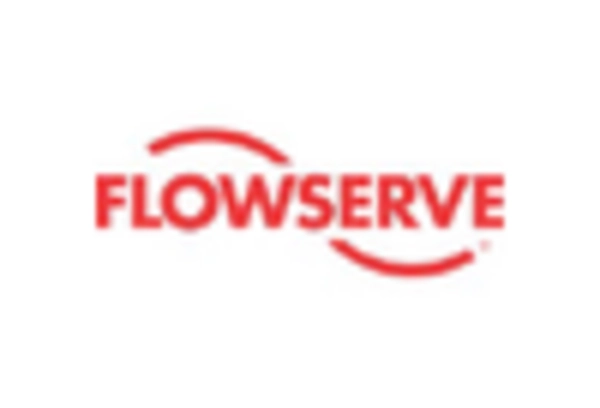
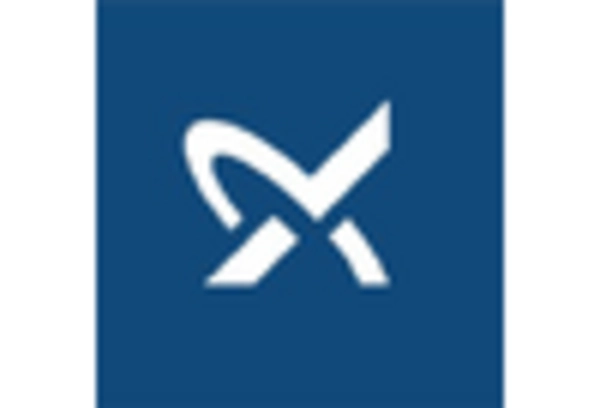
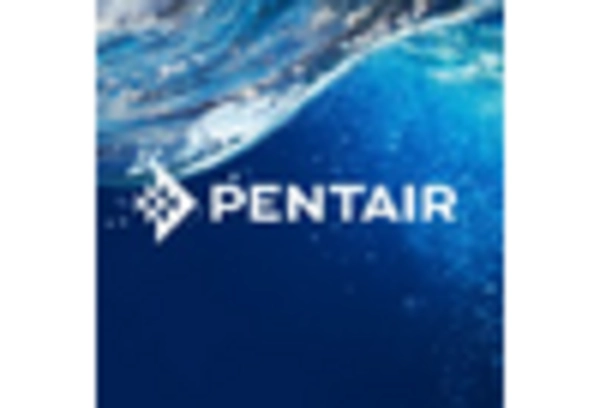
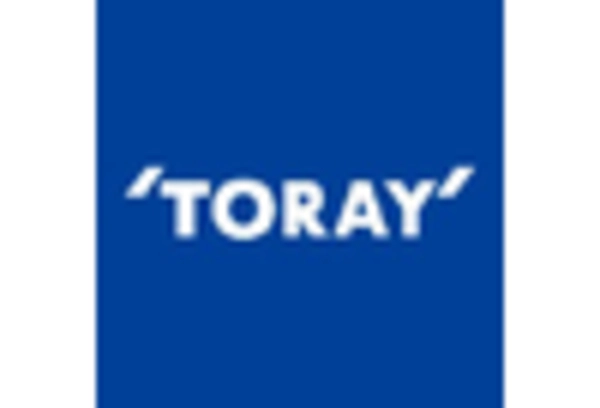
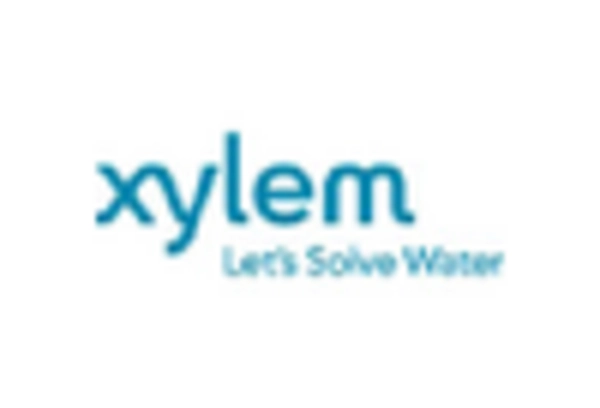








Leave a Comment